
Bayeux oxygen injection apparatus, Paris, France, 1915-1925
1915-1925

1915-1925

1900
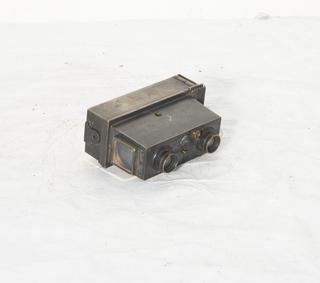
1895
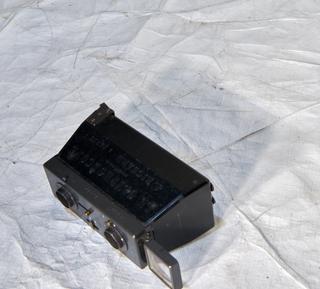
circa 1900
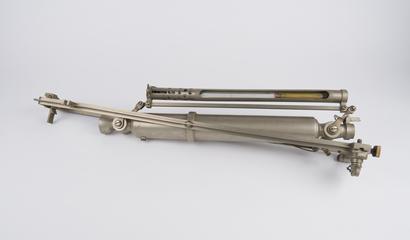
1902
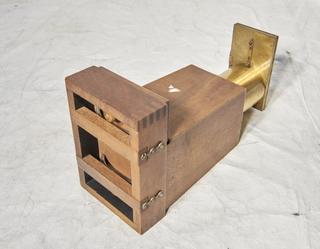

1895-1905

1895-1910
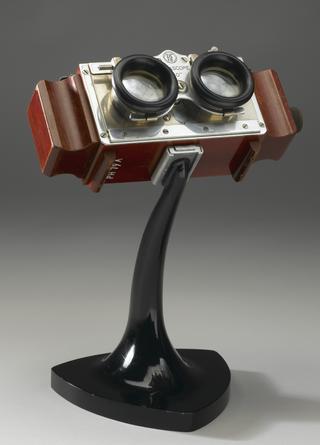
1910-1920
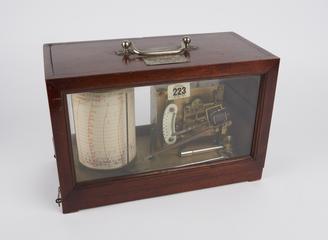
1920-1950
1900-1915
1905
1890
1925-1930
circa 1905
1900-1930
1913
1910-1930
1948; 1920-1930